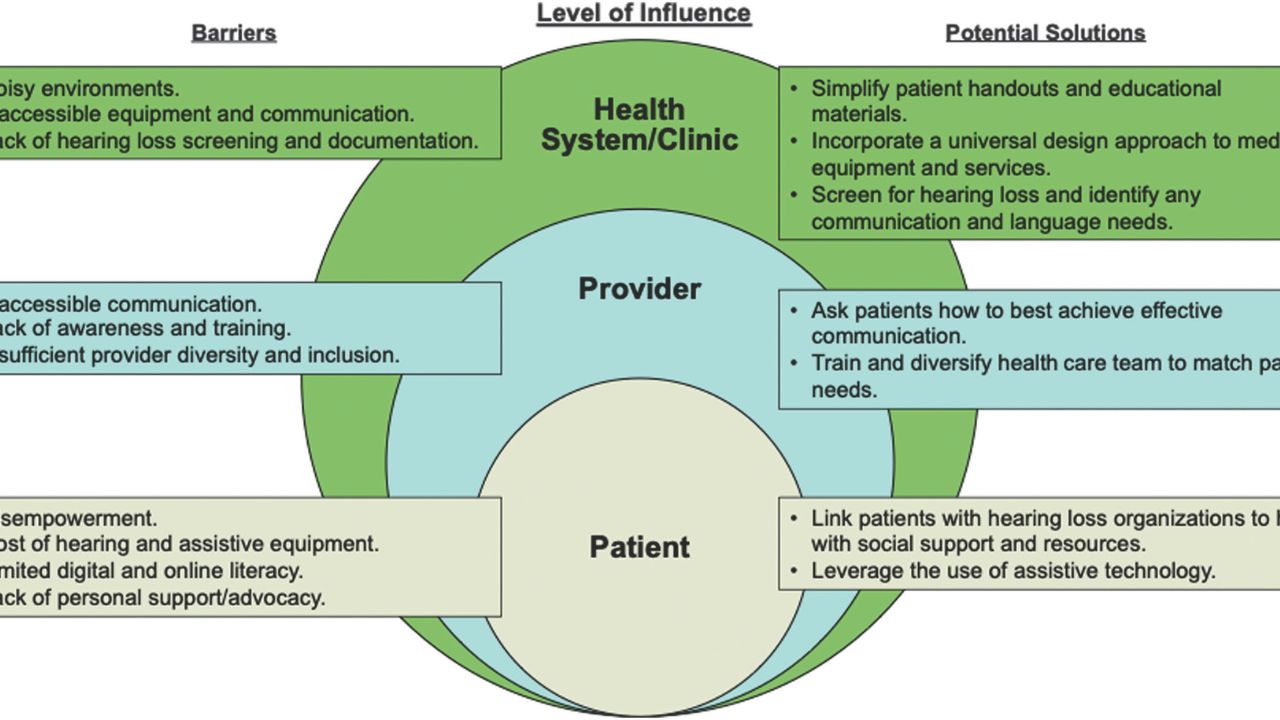Introduction
The landscape of healthcare is undergoing a transformative shift driven by advancements in health data technology and a collective commitment to improving health outcomes. Central to this evolution is the vision articulated by the Department of Health and Human Services (HHS) and its Office of the National Coordinator for Health Information Technology (ONC), which aims to harness the power of data to create a more equitable, efficient, and effective healthcare system. Building upon the foundational efforts of the original Health IT (Health IT) initiatives, the next phase—Health Technology Innovation 2 (HTI-2)—and ONC’s strategic commitments exemplify a forward-looking approach to realizing this vision.
This discussion explores the strategic priorities of HTI-2 and ONC’s ongoing commitment, emphasizing their roles in shaping a future where health data enables better health for all. We delve into the core principles guiding these initiatives, the technological and policy innovations they promote, and the societal impacts they aspire to achieve.
1. The Foundations of the Health IT Ecosystem
1.1. The Original Vision
Since the inception of federal health IT initiatives, the primary goal has been to promote the adoption and meaningful use of health information technology to improve care quality, safety, and efficiency. This culminated in the HITECH Act of 2009, which incentivized the adoption of Electronic Health Records (EHRs) and set standards for data sharing.
1.2. Progress and Lessons Learned
Over a decade, significant strides have been made—widespread EHR adoption, improved data standards, and increased interoperability efforts. However, challenges persist in data silos, inconsistent data quality, and disparities in access. These lessons inform the next phase of innovation.
2. The Emergence of HTI-2: A New Chapter in Health Data Innovation
2.1. Defining HTI-2
Health Technology Innovation 2 (HTI-2) is envisioned as the next wave of federal efforts to accelerate health data innovation. It emphasizes harnessing emerging technologies, fostering interoperability, and ensuring that health data drives equitable and personalized care.
2.2. Core Objectives of HTI-2
- Enhance Data Interoperability and Accessibility: Moving beyond mere adoption to seamless, real-time data exchange across diverse systems and settings.
- Advance Data Equity: Ensuring that underserved communities have access to and benefit from health data innovations.
- Accelerate Innovation in Health Technologies: Supporting the development, testing, and deployment of AI, machine learning, and digital tools.
- Strengthen Privacy and Security: Building trust through robust safeguards aligned with evolving threats and societal expectations.
- Empower Patients and Providers: Promoting data stewardship and patient-centric approaches.
3. ONC’s Strategic Commitments and Initiatives
3.1. Priorities and Frameworks
The ONC’s strategic plan emphasizes four pillars:
- Interoperability and Data Exchange: Building a nationwide data ecosystem that enables health information to follow the individual, regardless of where care occurs.
- Privacy and Security: Ensuring data protections keep pace with technology, fostering trust among users.
- Equity and Inclusion: Addressing disparities by making health data accessible and useful for all populations.
- Innovation and Workforce Development: Supporting a skilled workforce capable of leveraging new data technologies.
3.2. Key Initiatives
- FHIR Implementation and Support: Expanding adoption of Fast Healthcare Interoperability Resources (FHIR) standards for data sharing.
- Trusted Exchange Framework and Common Agreement (TEFCA): Creating a foundational infrastructure for nationwide health data exchange.
- Data Segmentation for Privacy (DS4P): Developing mechanisms for privacy-aware data sharing tailored to individual preferences and needs.
- Supporting Artificial Intelligence (AI) and Machine Learning: Encouraging responsible innovation that enhances clinical decision-making.
4. The Role of Standards, Policies, and Regulations
Achieving the vision requires a strong policy foundation:
- Data Standards: Continued refinement of HL7 FHIR, SNOMED CT, LOINC, and other standards to enable interoperability.
- Legal and Regulatory Frameworks: Clarifying data sharing rights, consent, and privacy protections.
- Incentive Programs: Supporting adoption through grants, awards, and performance metrics aligned with data sharing goals.
5. Technological Innovations Driving the Future
5.1. Advanced Interoperability
Emerging tools like APIs, cloud platforms, and blockchain are facilitating secure, scalable, and real-time data exchange.
5.2. Patient-Centered Data Access
Patient portals, personal health records, and mobile apps empower individuals to access and manage their health data actively.
5.3. Data Analytics and AI
Innovative algorithms are enabling predictive analytics, population health management, and personalized treatment plans.
5.4. Data Privacy and Security Technologies
Encryption, de-identification, and access controls are evolving to protect sensitive data while facilitating sharing.
6. Societal and Ethical Considerations
6.1. Addressing Health Disparities
Ensuring that technological advancements serve all populations equitably, with targeted efforts in underserved communities.
6.2. Building Public Trust
Transparency about data use, privacy safeguards, and benefits is essential to foster confidence and participation.
6.3. Ethical Use of AI and Data
Establishing guidelines to prevent bias, ensure fairness, and uphold patient rights.
7. Future Directions and Strategic Opportunities
7.1. Expanding Data Integration
Incorporating social determinants of health, genomic information, and real-time sensor data for comprehensive insights.
7.2. Promoting Data Literacy
Investing in education for providers and patients to maximize data utility and understanding.
7.3. Fostering Innovation Ecosystems
Supporting startups, academia, and industry collaborations to develop cutting-edge health data solutions.
7.4. Global Collaboration
Aligning standards and sharing data internationally to address health challenges that transcend borders.
Conclusion
The commitments embodied by HTI-2 and ONC’s strategic initiatives reflect a deep dedication to transforming health data into a catalyst for better health outcomes, equitable care, and innovative discovery. As technology continues to evolve at a rapid pace, ongoing collaboration among policymakers, technologists, healthcare providers, and communities is vital to realizing a future where health data empowers all individuals and advances the collective well-being.
By maintaining a focus on interoperability, privacy, equity, and innovation, HTI-2 and ONC are poised to lead the nation toward a more connected, transparent, and health-centric data ecosystem—fulfilling the overarching vision of better health enabled by data.
References and Further Reading
- ONC’s Strategic Plan and Roadmap Documents
- HL7 FHIR Standards
- TEFCA Implementation Details
- ONC’s Data Privacy and Security Guidelines
- Publications on AI and Health Data Innovation
- Reports on Digital Health Equity Initiatives



